New in RC sailing? Want to get started in your first practice on water?
“Learning how to sail doesn't have to be complicated!”
To help you be fully prepared for this challenge, at Play2Sail Radio Sailing Academy we've packaged a complete e-manual with simply everything you need to know to get started in the art of yachting but focusing on rc sailing.
Elevate your RC Sailing skills:
Free resources at your fingertips >
As a skilled sailor, you know the value of continuous learning. Access our advanced free online resources to refine your techniques and build your confidence with expert insights. No fees, no membership - just pure learning and fun. Discover Play2Sail Academy today!
For a comprehensive deep dive, our e-manual is available for purchase, offering in deep knowledge and expert advice to take your skills to the next level.
The e-manual provides you with smart "how to sail" resources to make sailing easy.
You can learn a lot very quickly and get the most of the enjoyment on the water!
This smart e-guide collected for you the fundamental knowledges, handy diagrams, helpful tips and practical advices that Play2Sail Radio Sailing Academy shares with those just beginning yachting and by more advanced sailors.
The sailing e-manual is divided into thematic chapters (you can also print them into handy sheets - A4 size)
WHAT YOU GET:
How to start sailing from practical fundamentals:
Check the direction of the wind first
You can’t direct the wind but you can adjust the sails (diagram)
Use wind and sails to move a boat to the direction needed
4 key basic actions to master steering your radio-controlled sailboat
Trimming to make your radio-controlled sailboat run fast
30 common sayings of basic yachting terminology
When radio sailing, the radio unit provides you with control over your sailboat: on the rudder and sail trim
How to improve your confidence practicing on water:
Steering your sailboat using the remote controlled commands
How to leave and return to the pier with a radio-controlled sailboat
There are 4 different race courses to sail at the Play2Sail Arena
How to get started into sail racing:
How best to manage to sail the wind shifts steering your radio sailboat
Fast sailing is a matter of more wind
Play2Sail ranking (sheet)
10 basic rules of sailing racing your radio yacht
Sailing learning made easy and simple: download the Play2Sail e-manual and improve your skills fast!
Play2Sail manual is dedicated to beginners and rc yachtsmen passionate that want an easy way to review the basics: it will make you a better rc sailor!
















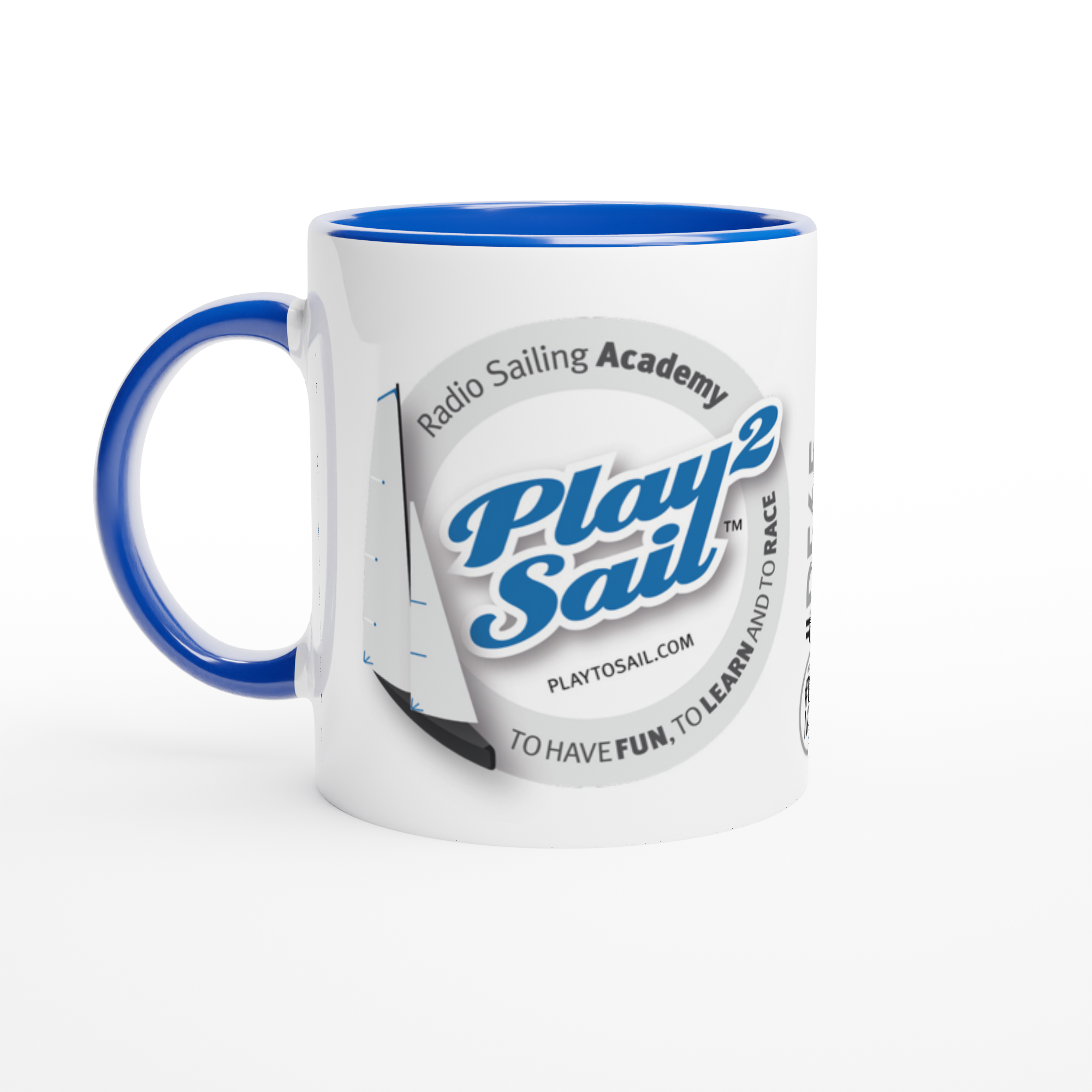


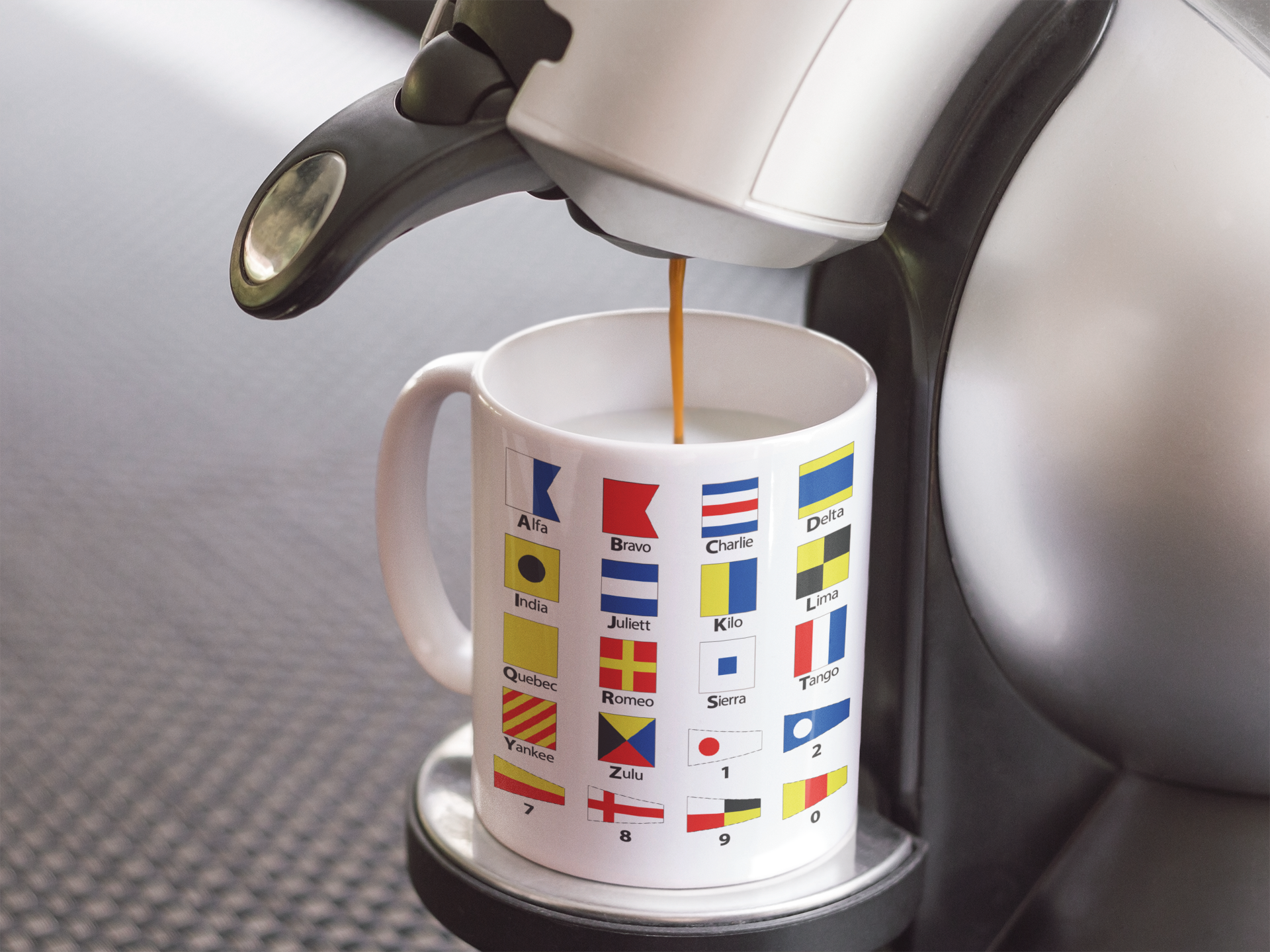
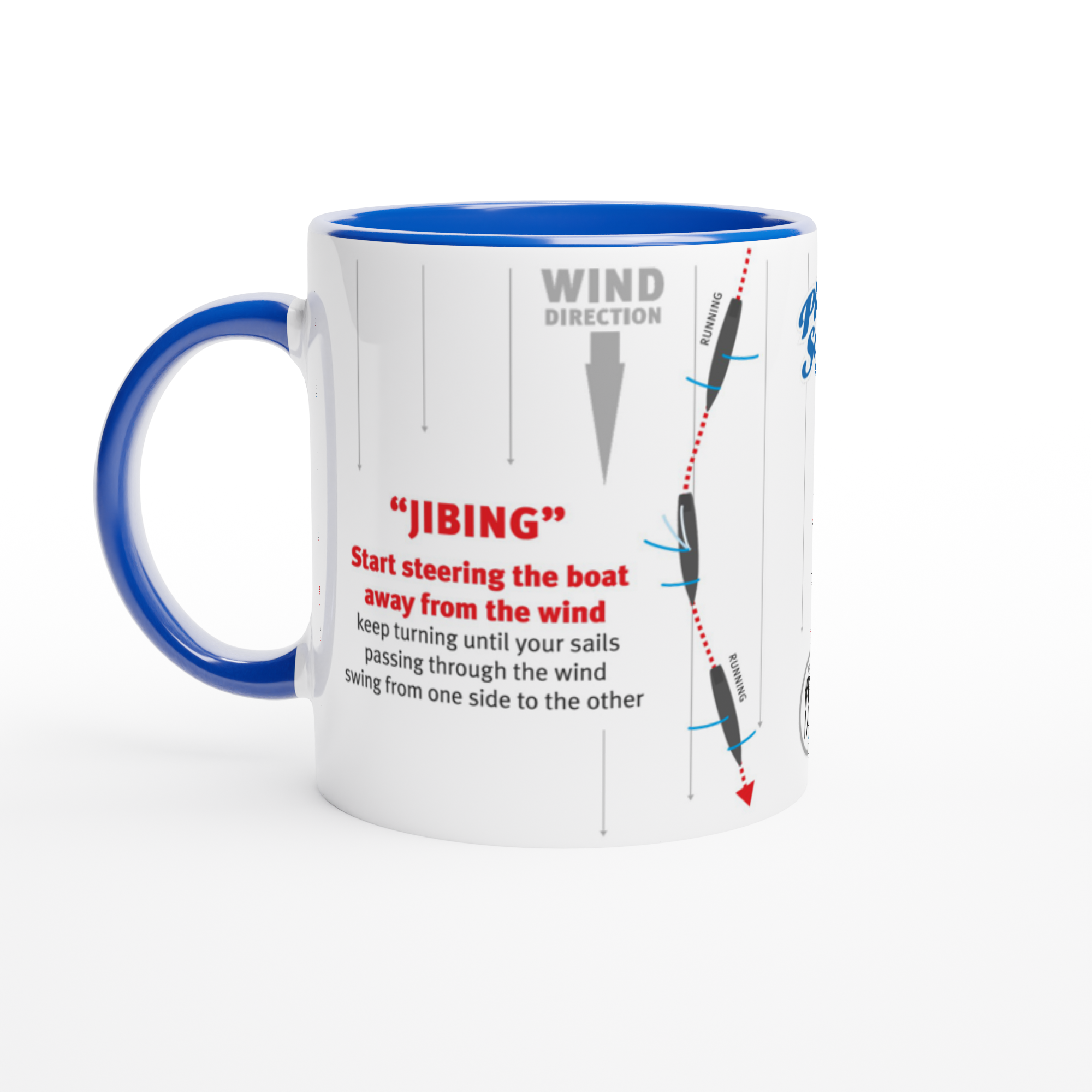
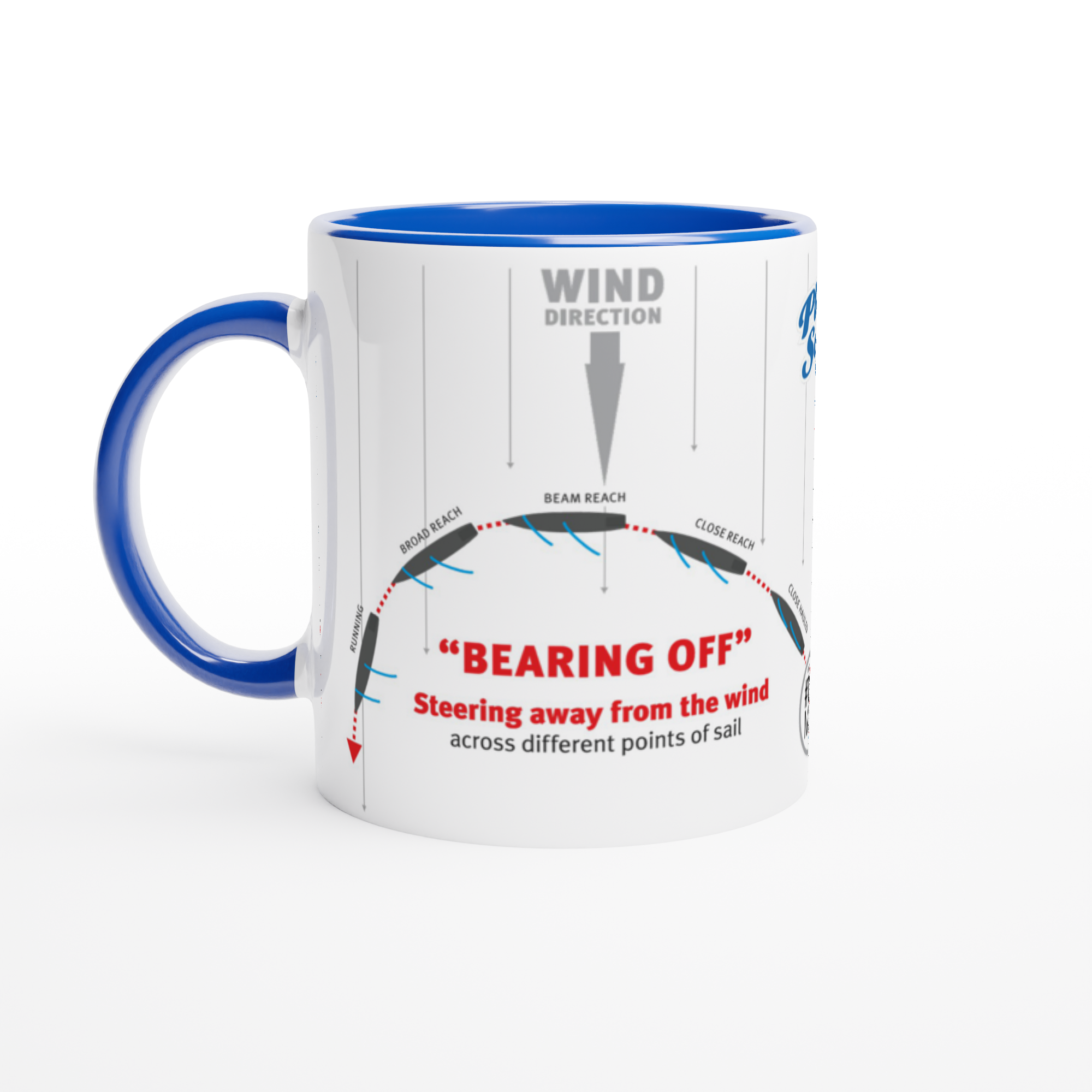
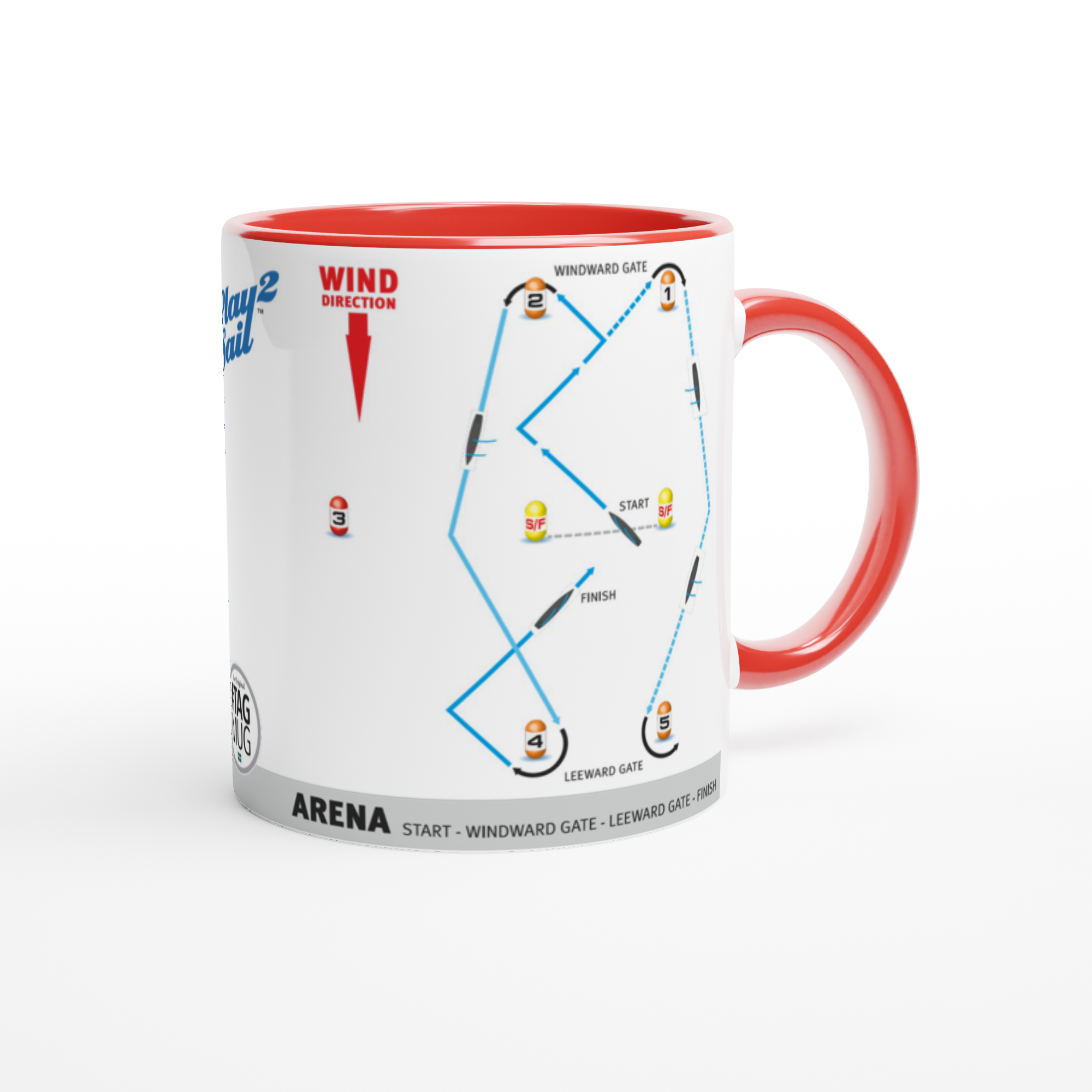

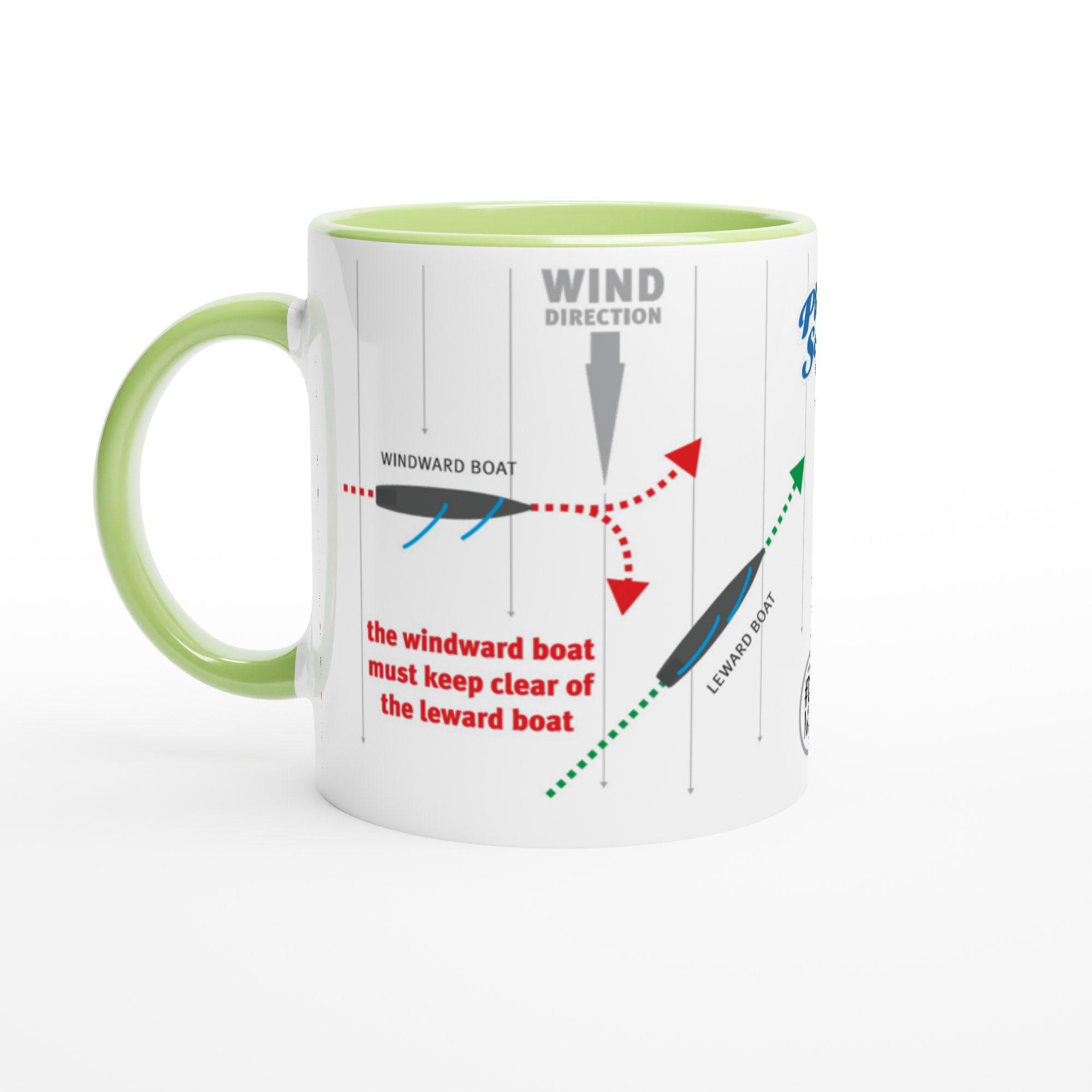


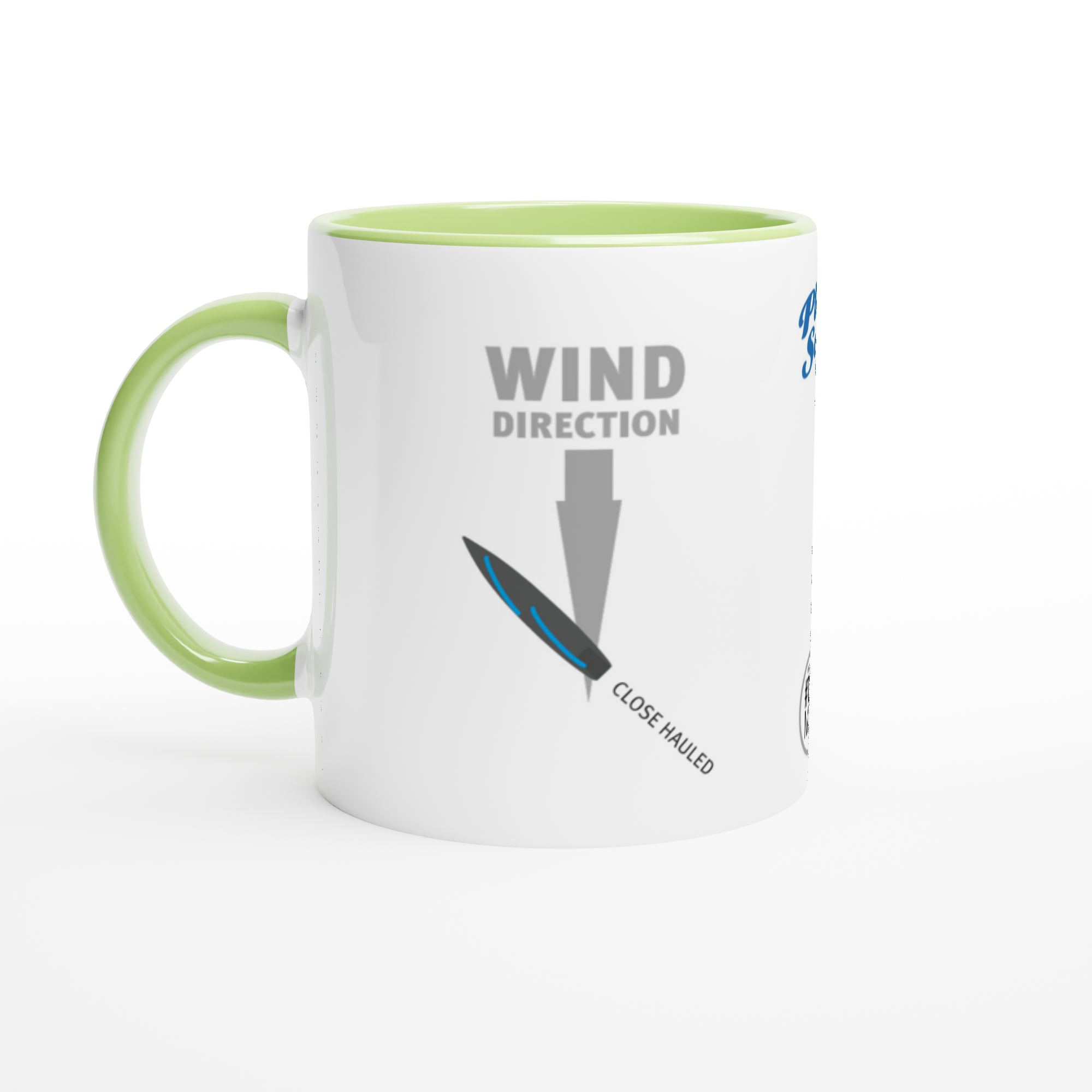
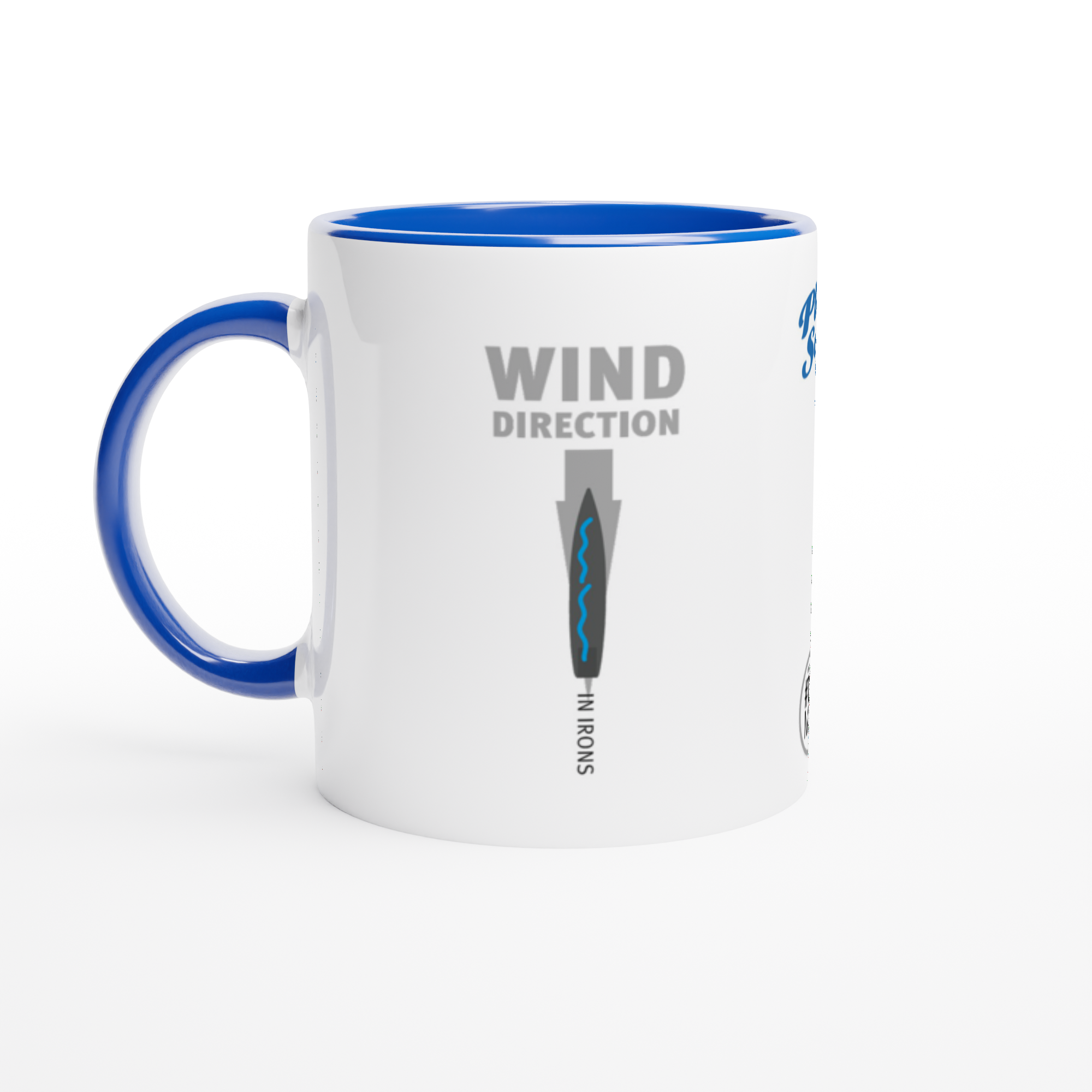

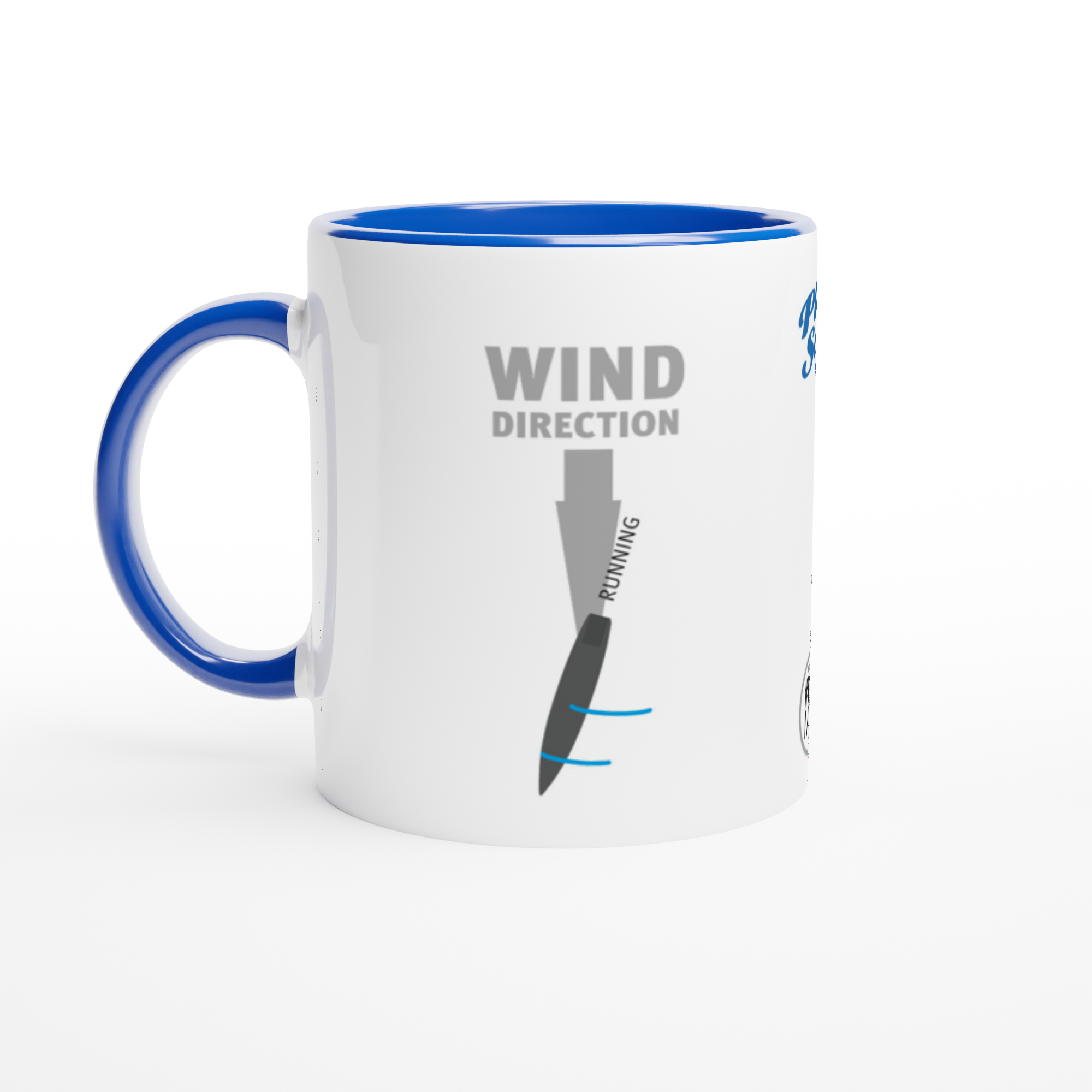
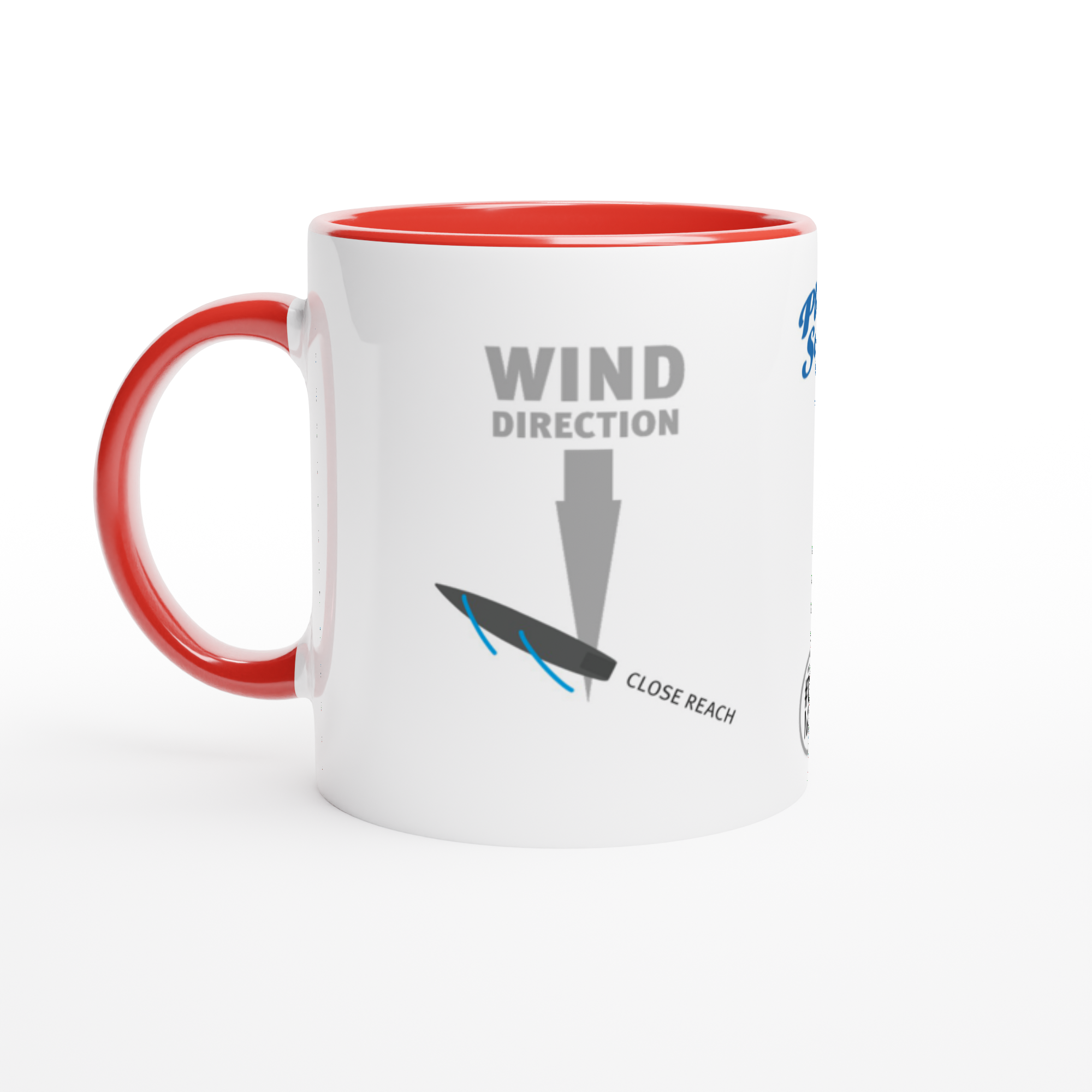
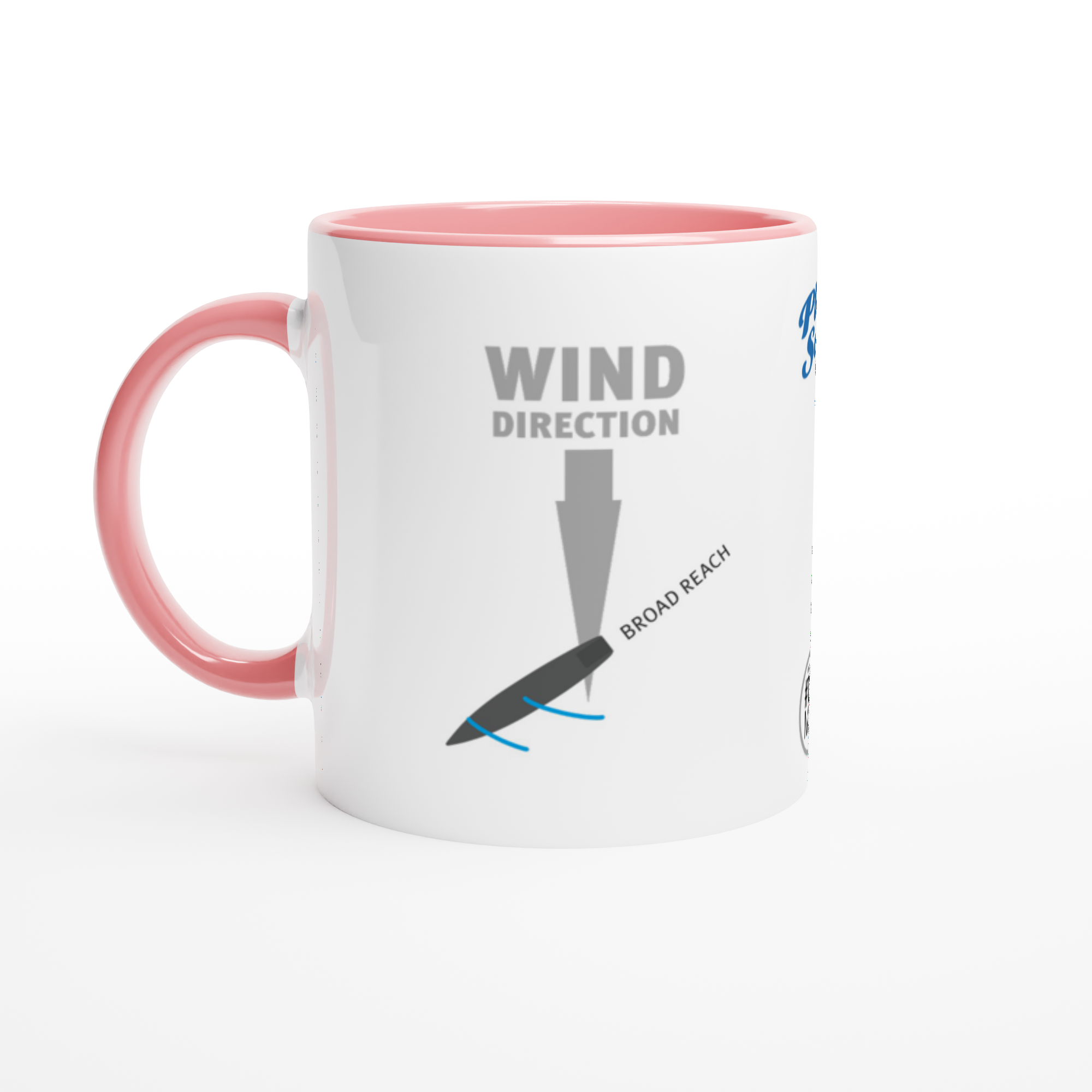



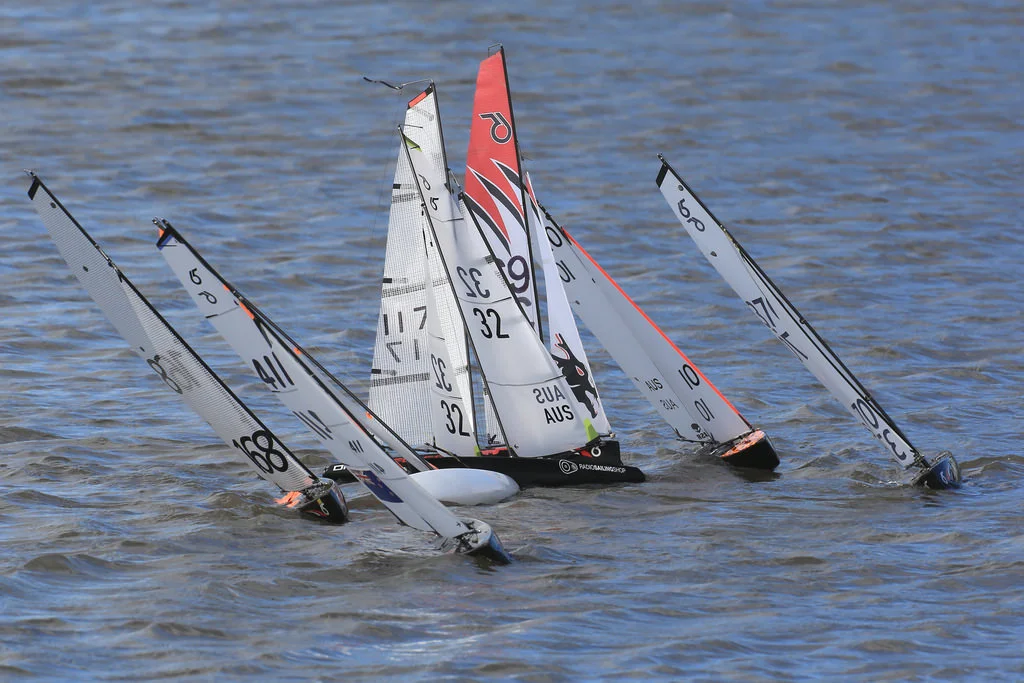

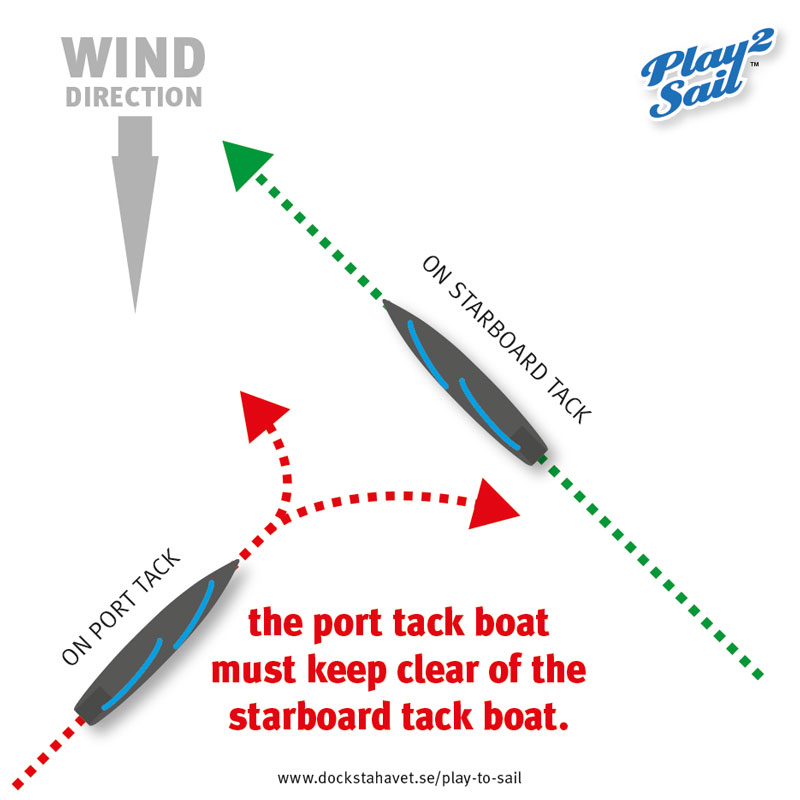


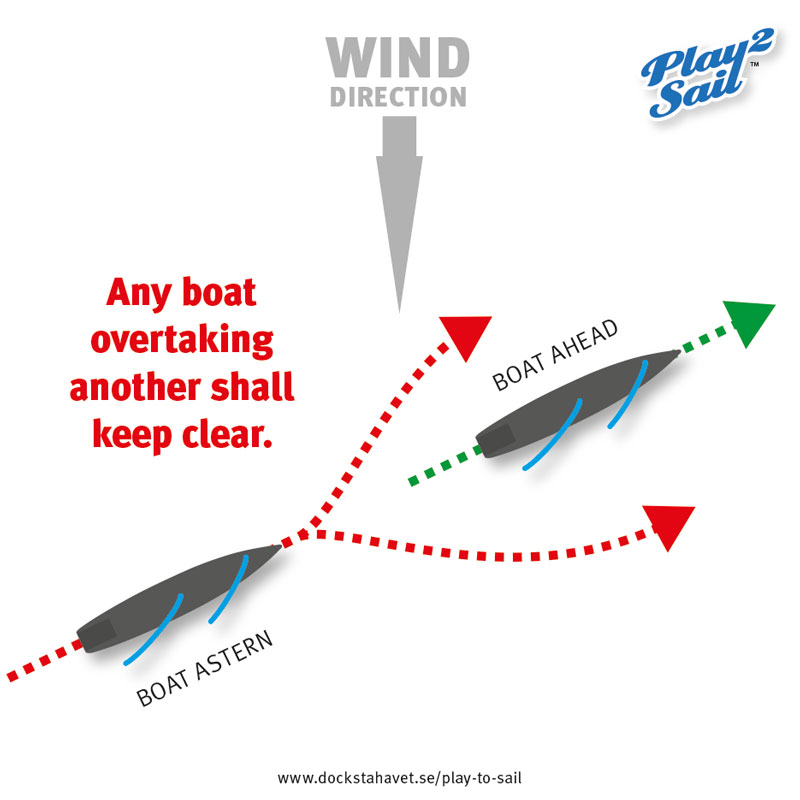

![Share your #SAILING passion with an original mug [#TAGMUG E-SHOP]](https://images.squarespace-cdn.com/content/v1/594e2defd482e9221abc3588/1614719437358-9OG6NYB56MMOT097CRVO/sailing-racing-rules-mugs-collection.jpg)







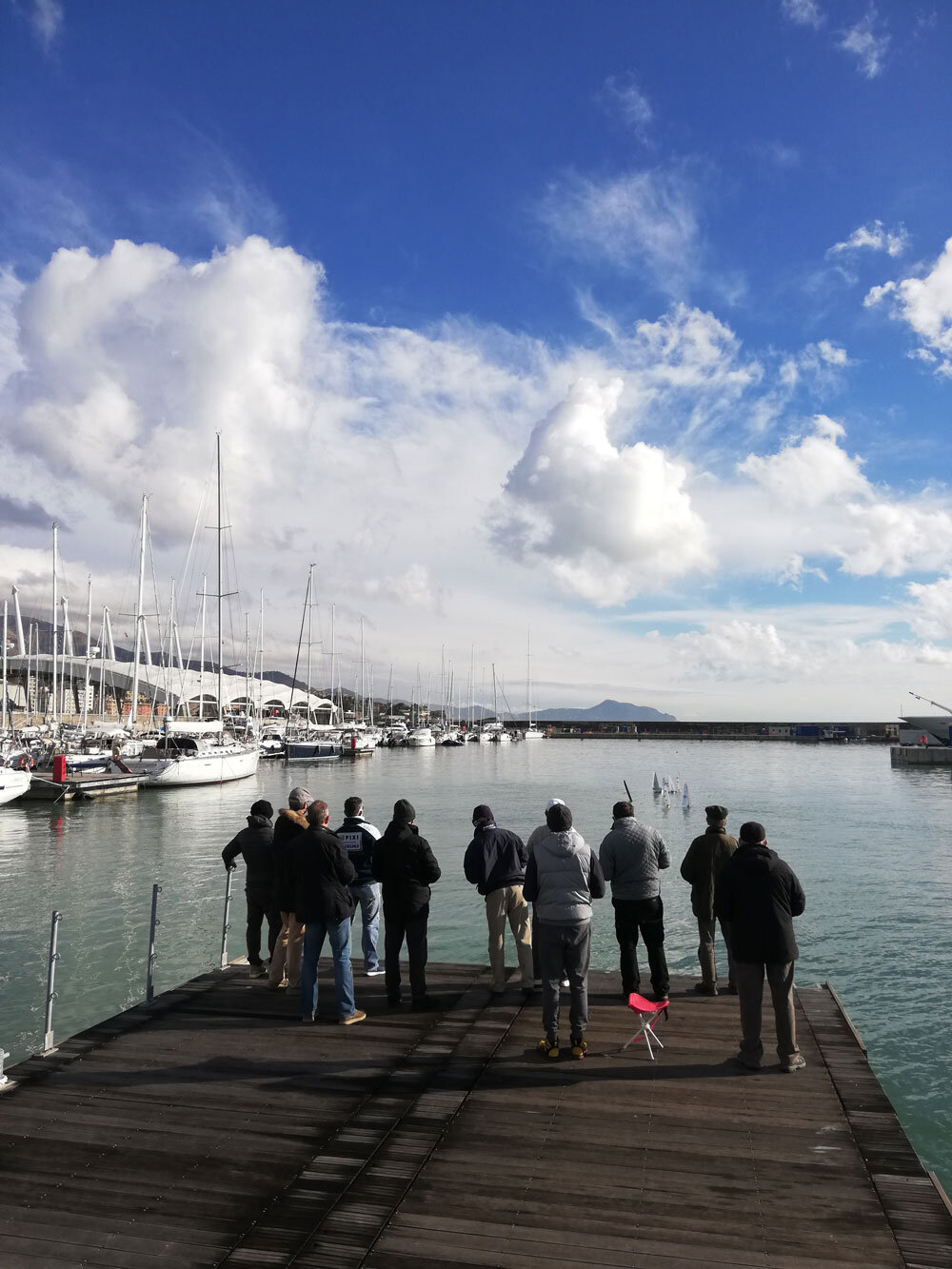
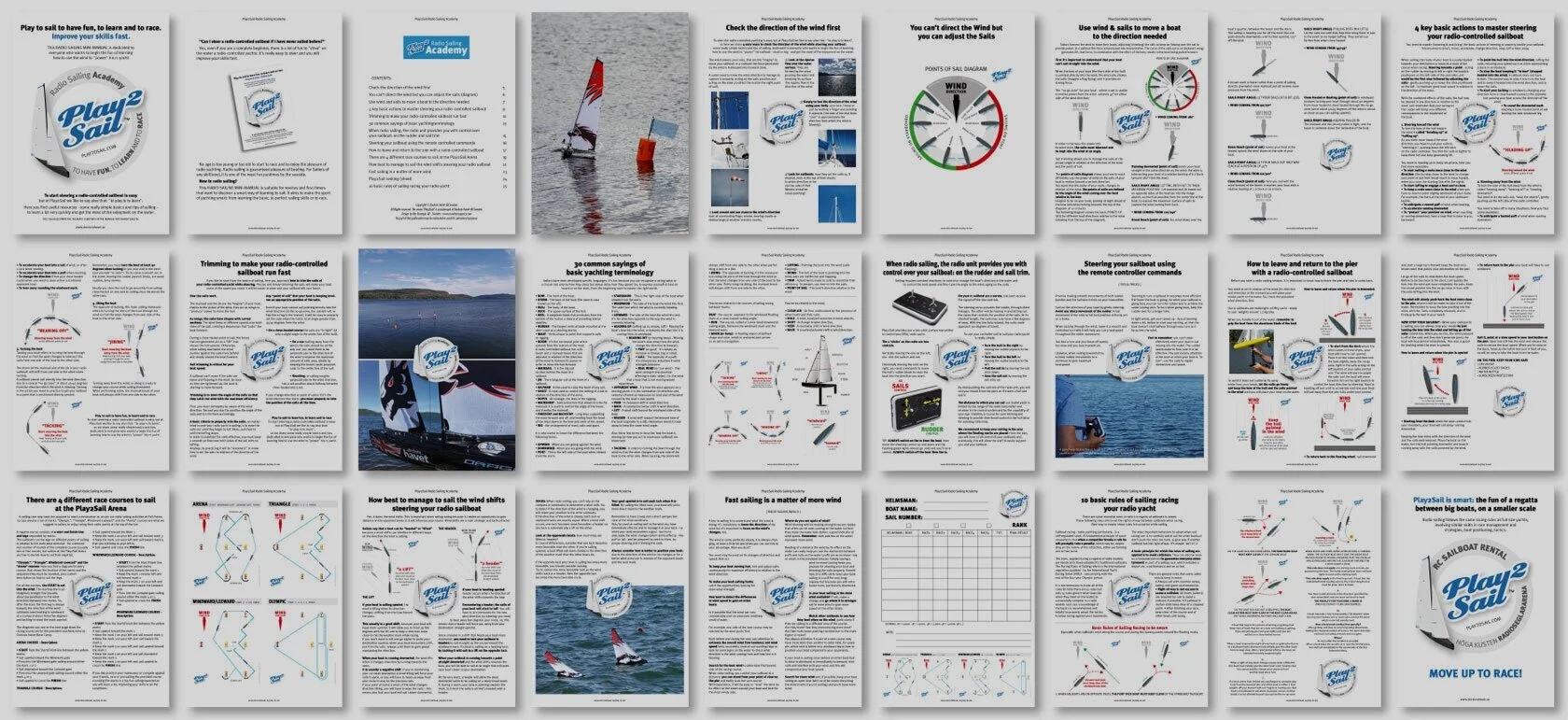











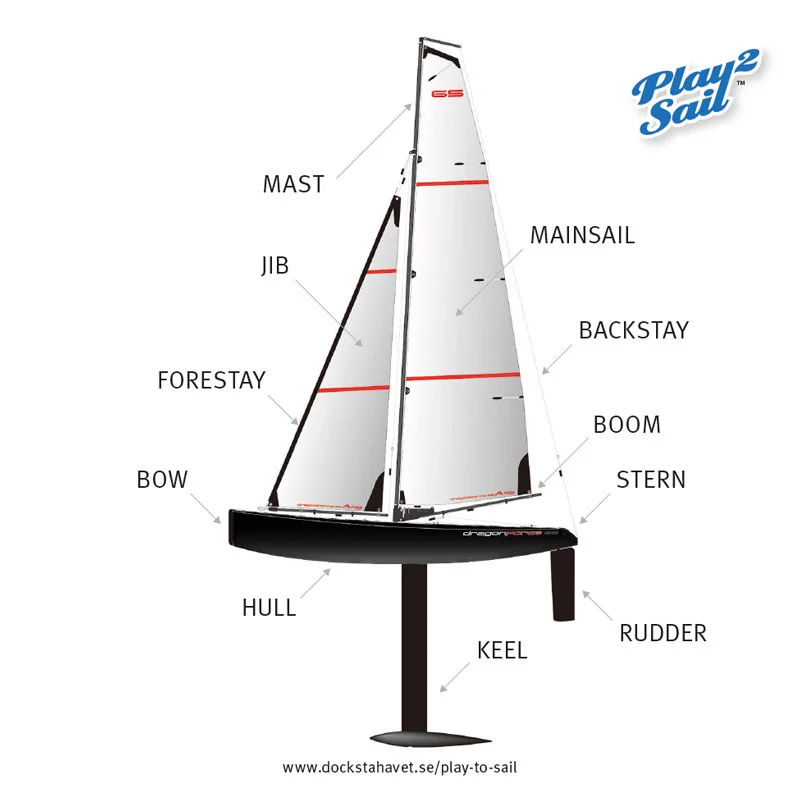




![Share your #SAILING passion with an original mug [#TAGMUG E-SHOP]](https://images.squarespace-cdn.com/content/v1/594e2defd482e9221abc3588/1614719263191-1UOIVRL0IB3MOGAAW1ZB/wind-shifts-sailing-mug.jpg)



![Share your #SAILING passion with an original mug [#TAGMUG E-SHOP]](https://images.squarespace-cdn.com/content/v1/594e2defd482e9221abc3588/1614719322626-UIEUQAHGY7L5EYU7VZOJ/rc-sailing-mugs-collection-points-of-sail.jpg)



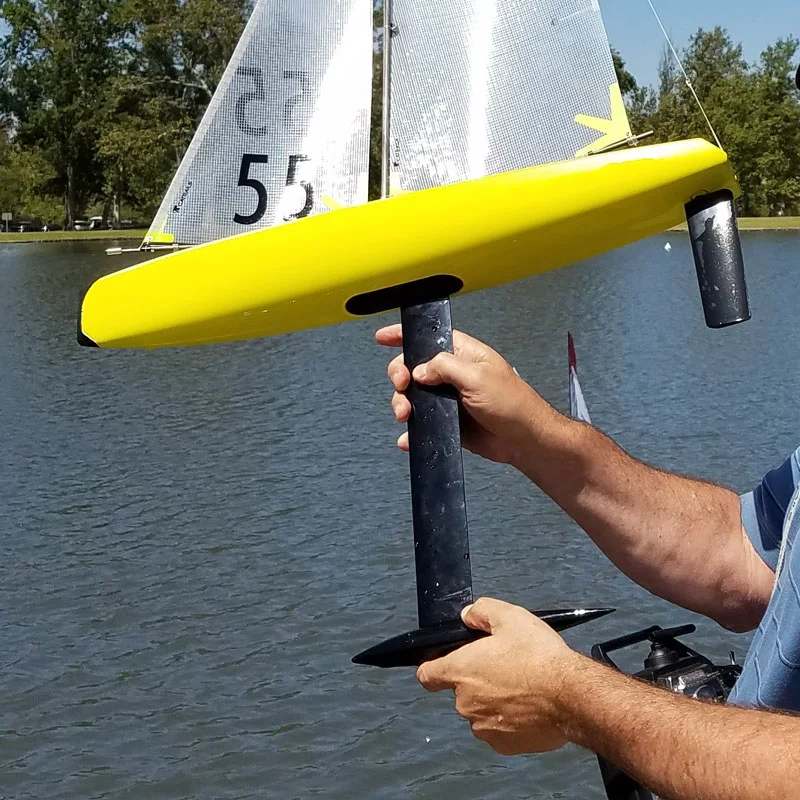
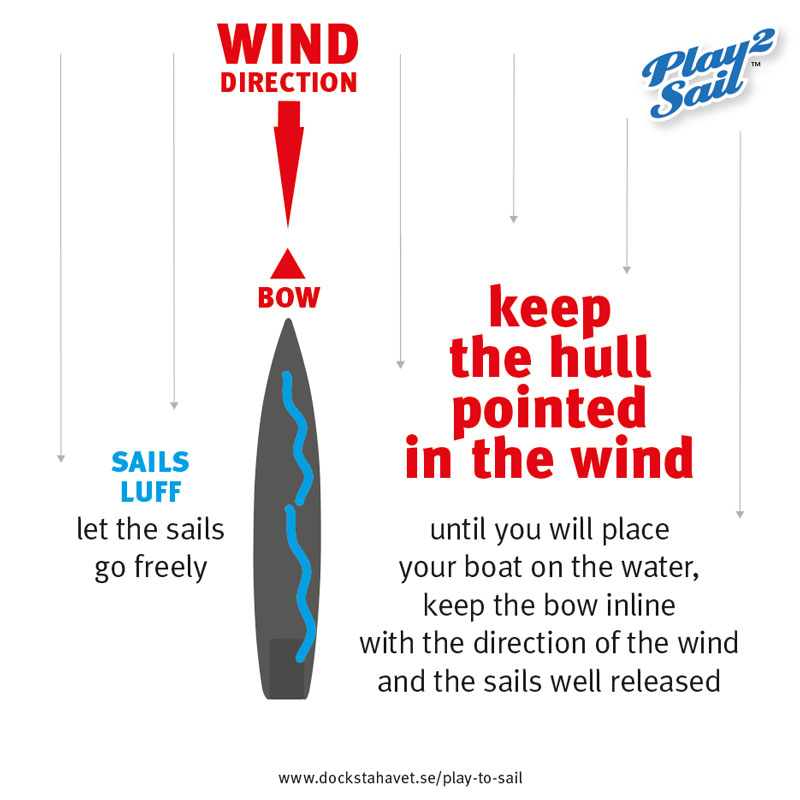
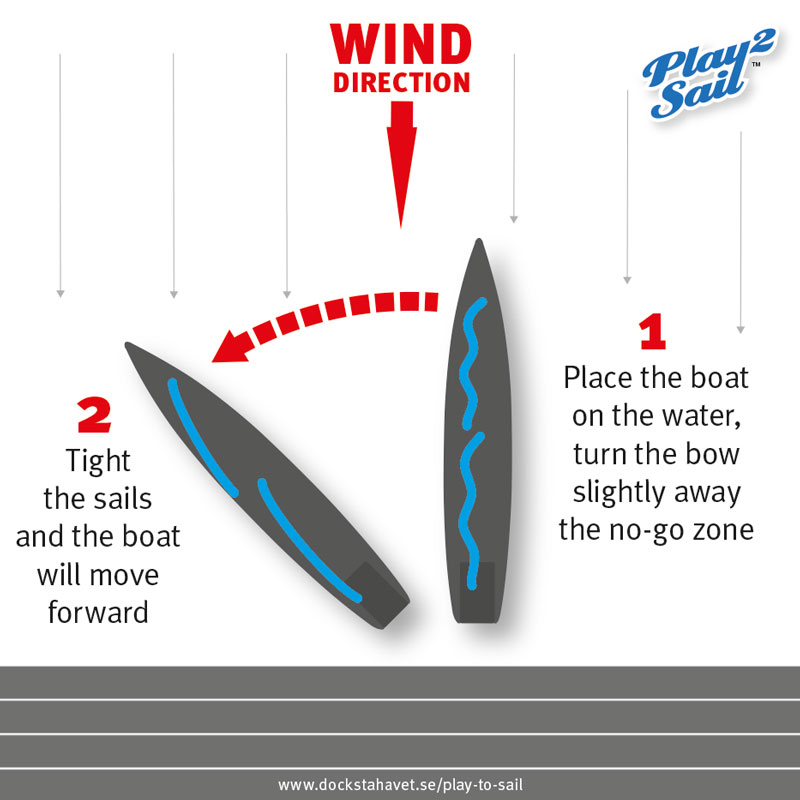



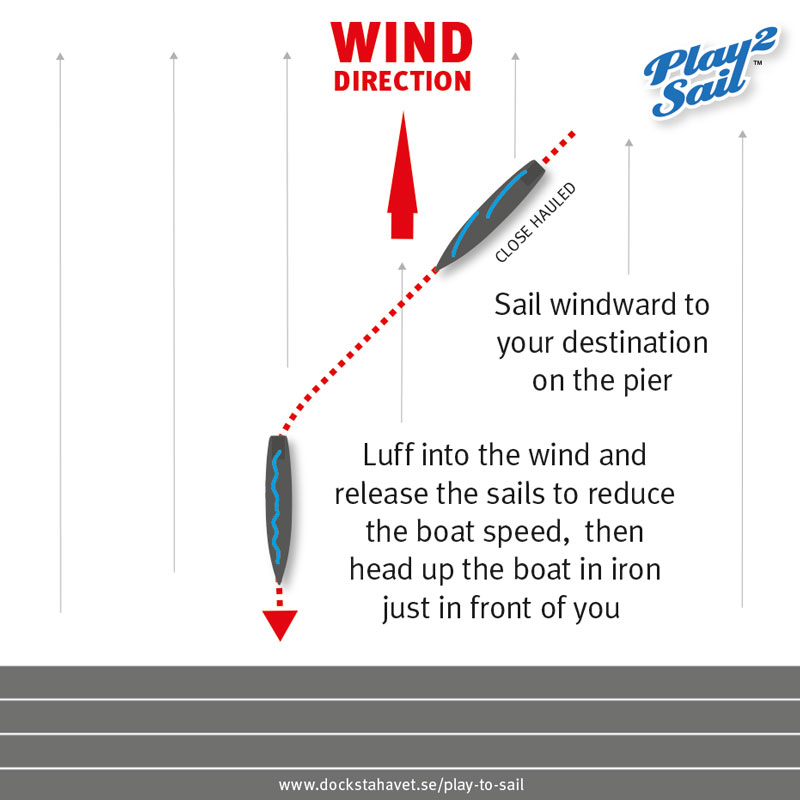


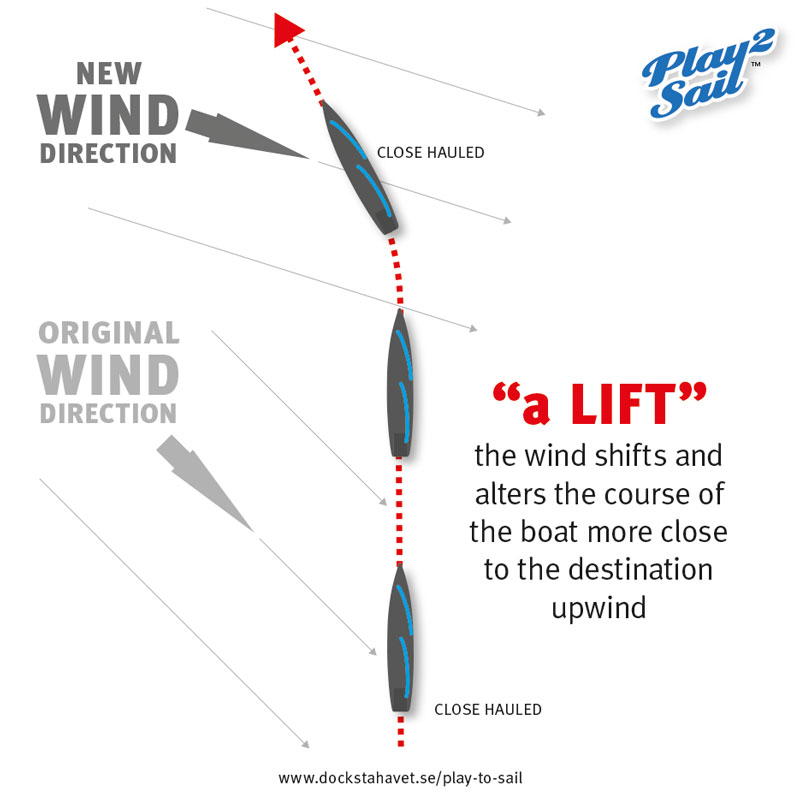


![Share your #SAILING passion with an original mug [#TAGMUG E-SHOP]](https://images.squarespace-cdn.com/content/v1/594e2defd482e9221abc3588/1614719169926-XIJ8HIHLRZXCTPUXT1XO/wind-shifts-sailing-mug.jpg)











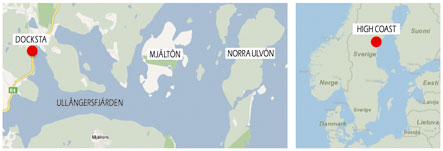









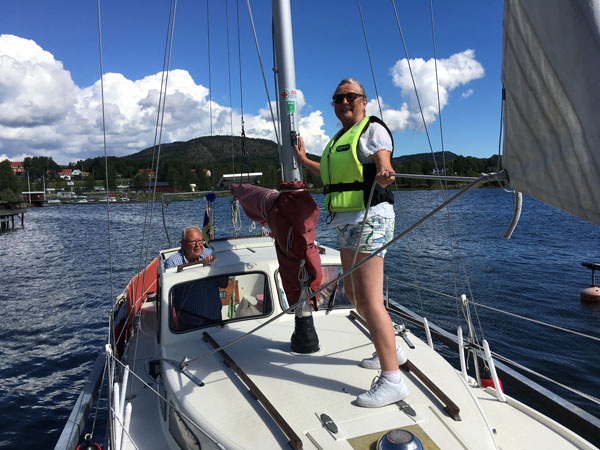

























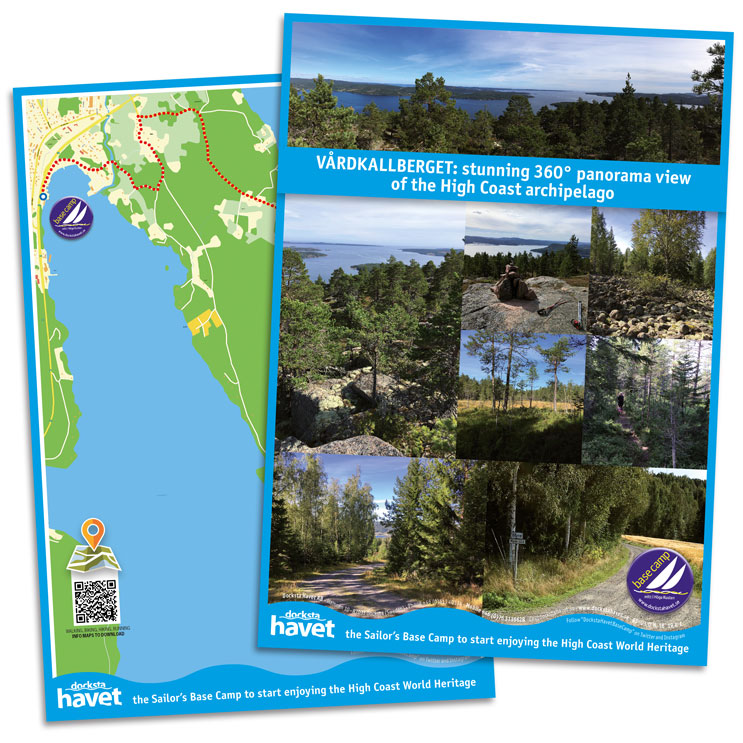


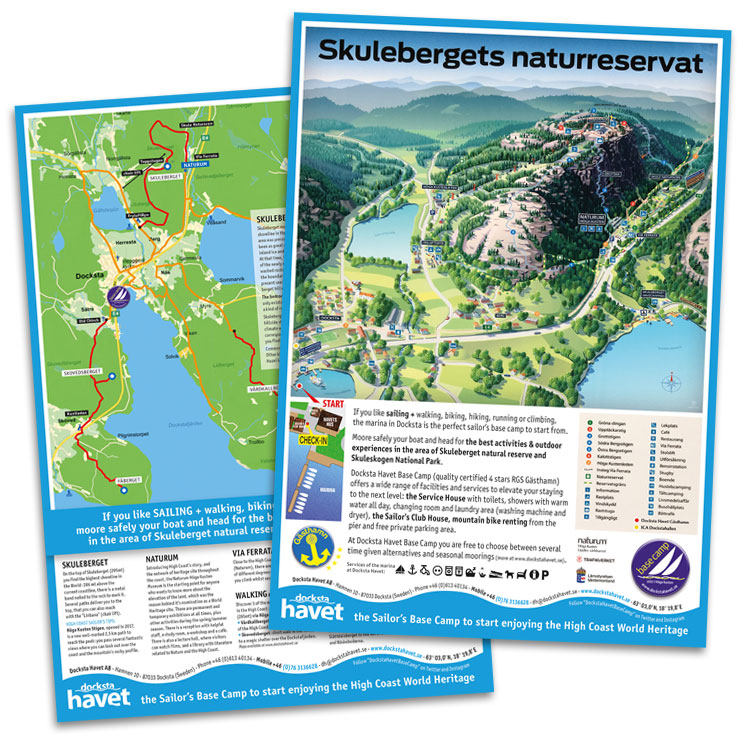









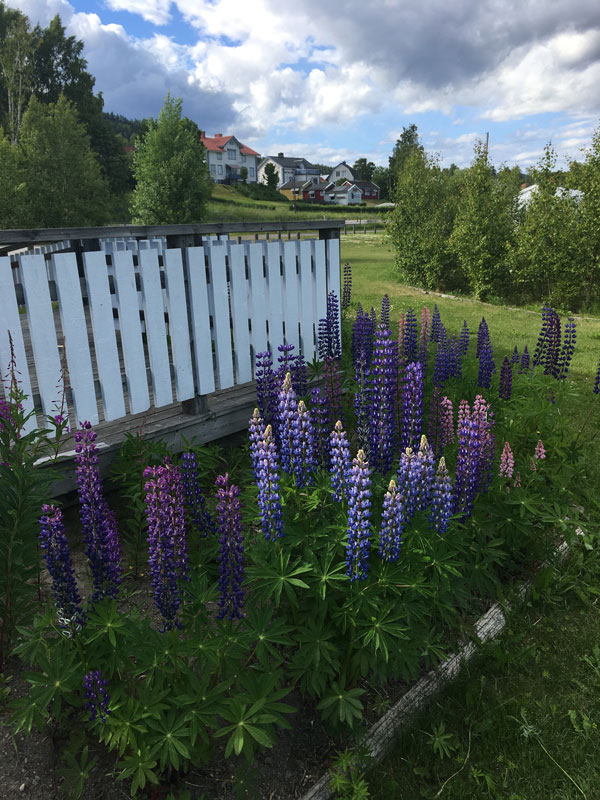















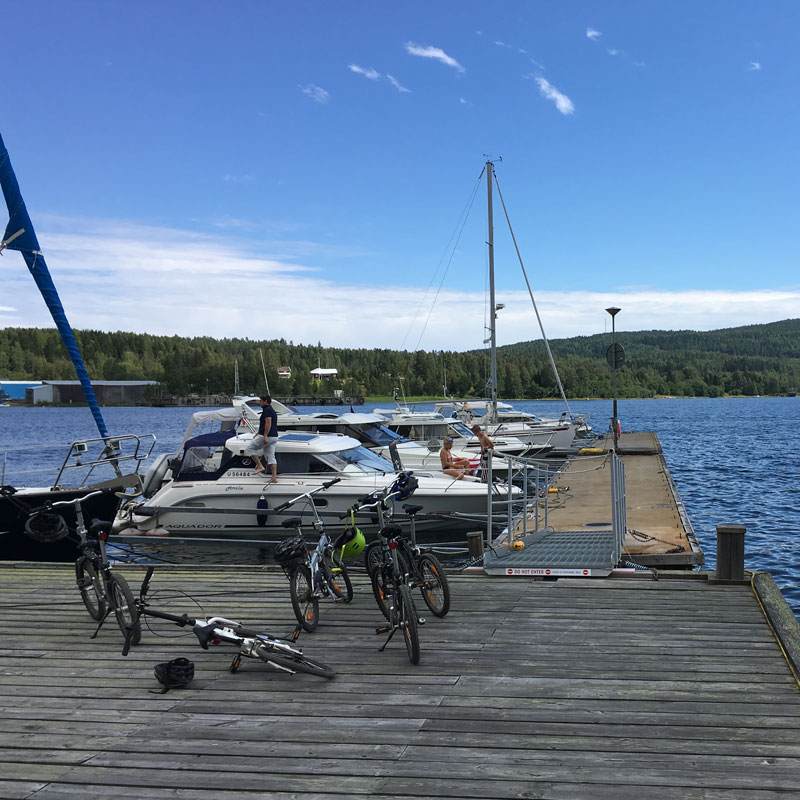

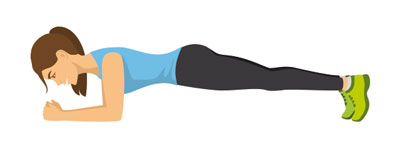




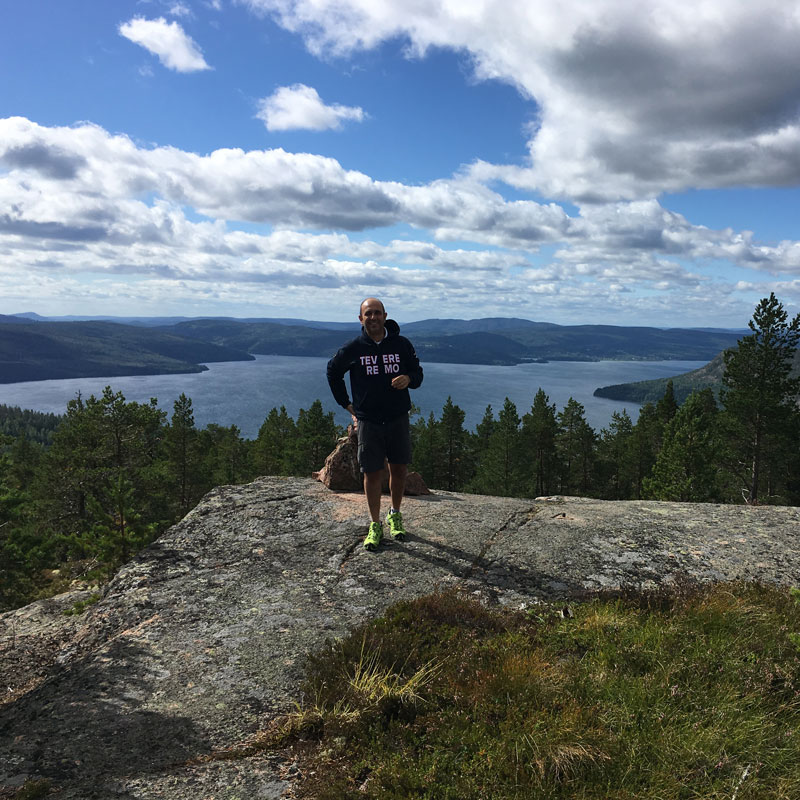
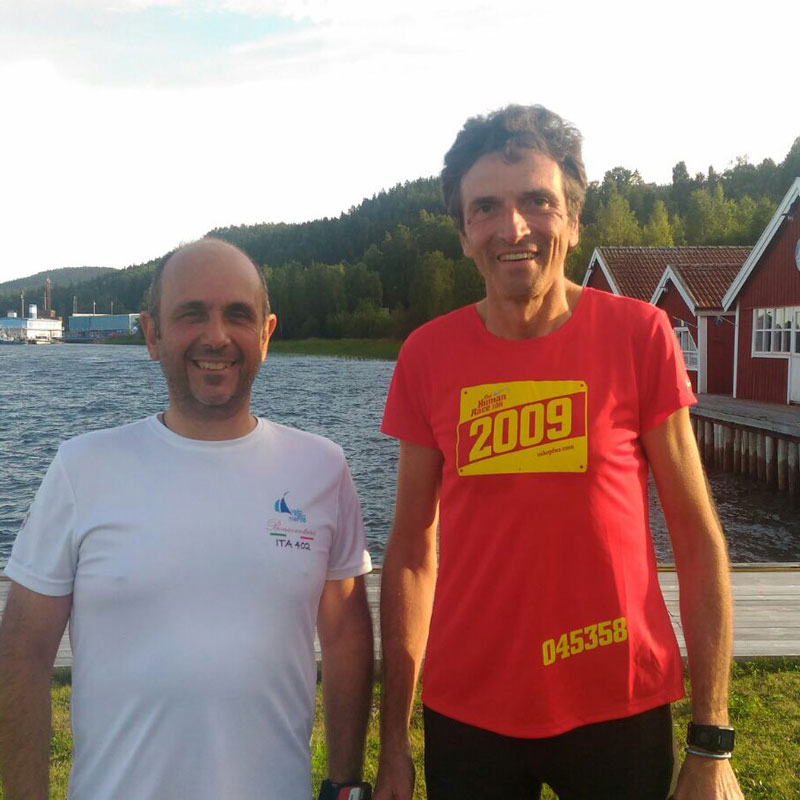
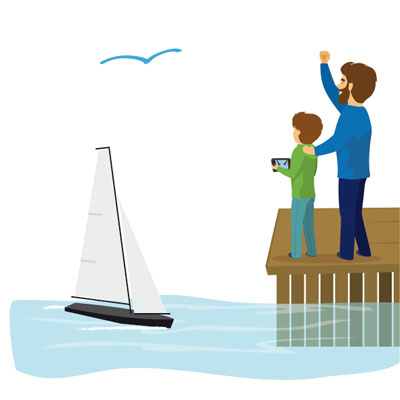
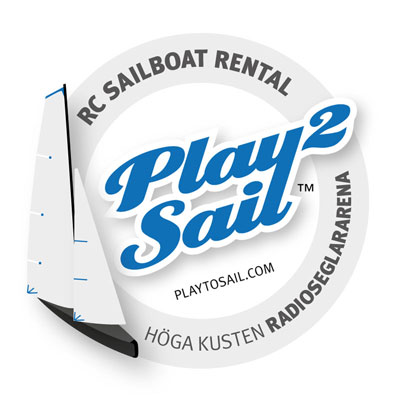
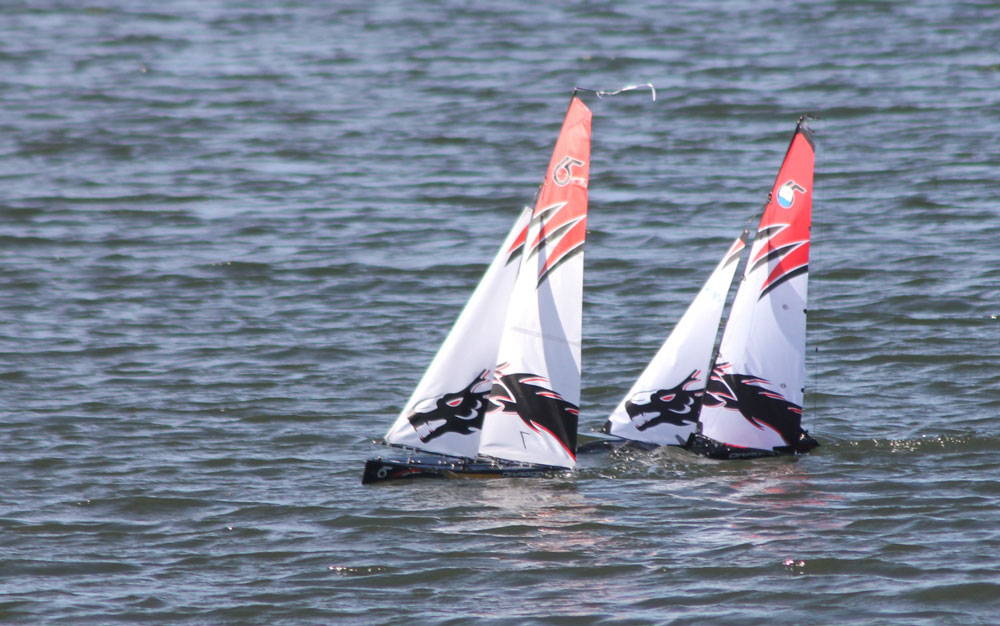


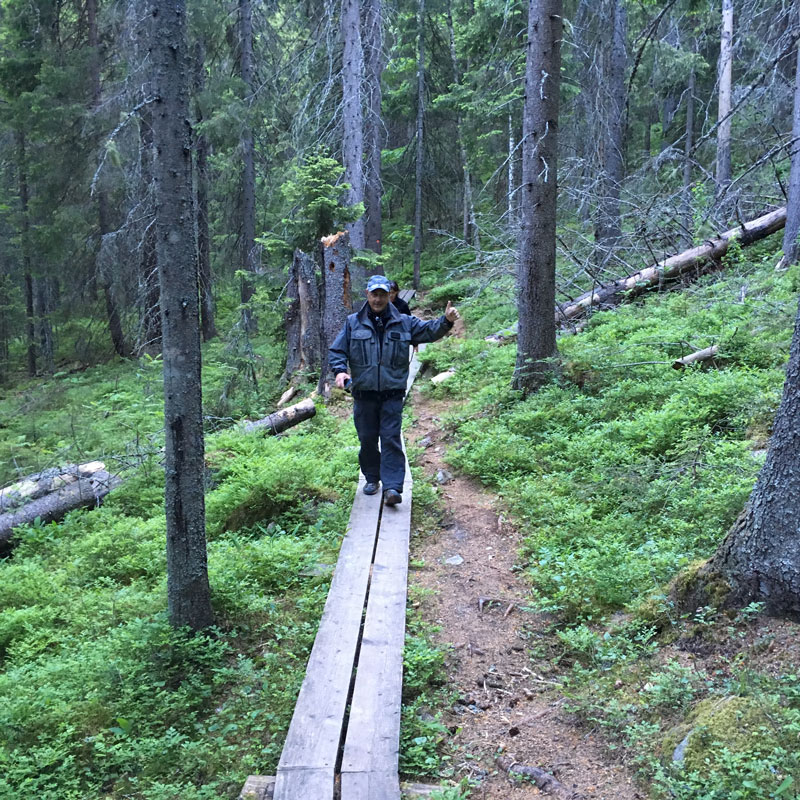


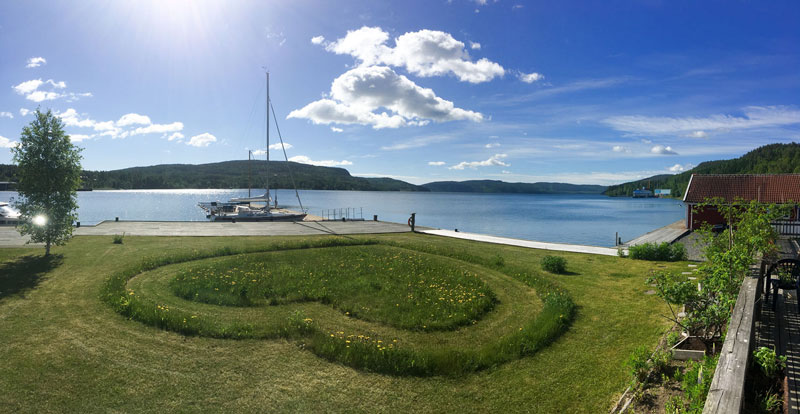










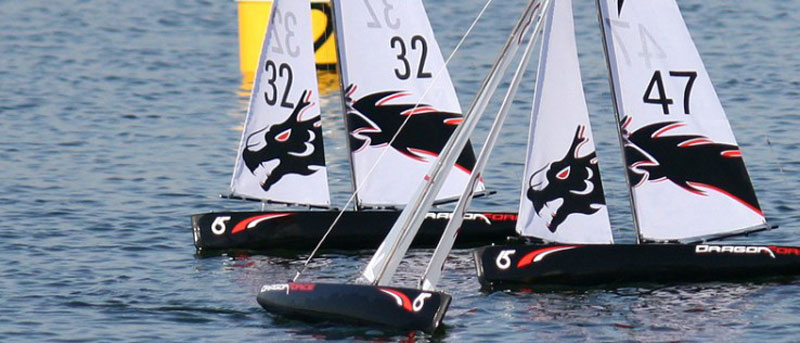
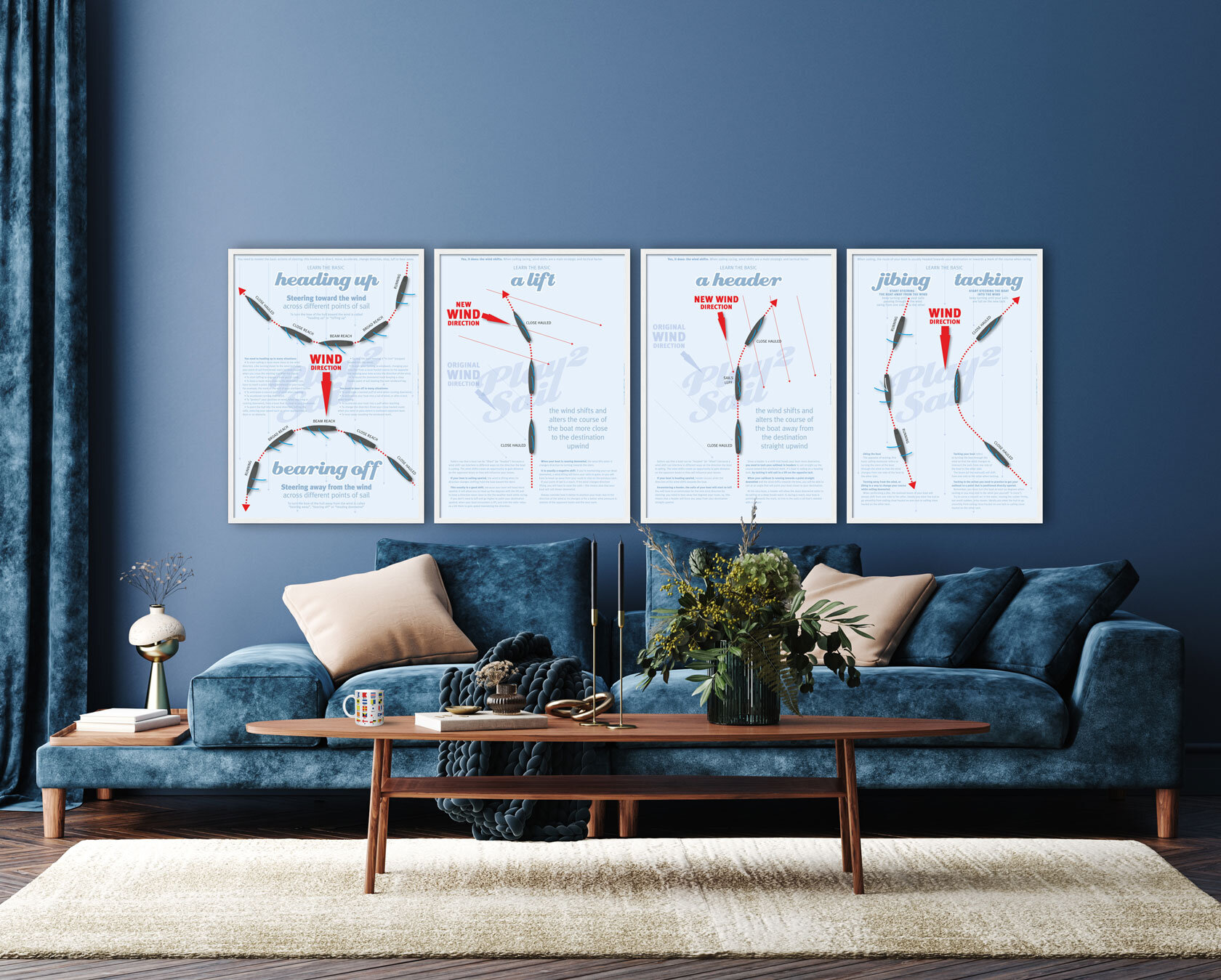
[ E-MANUAL ]